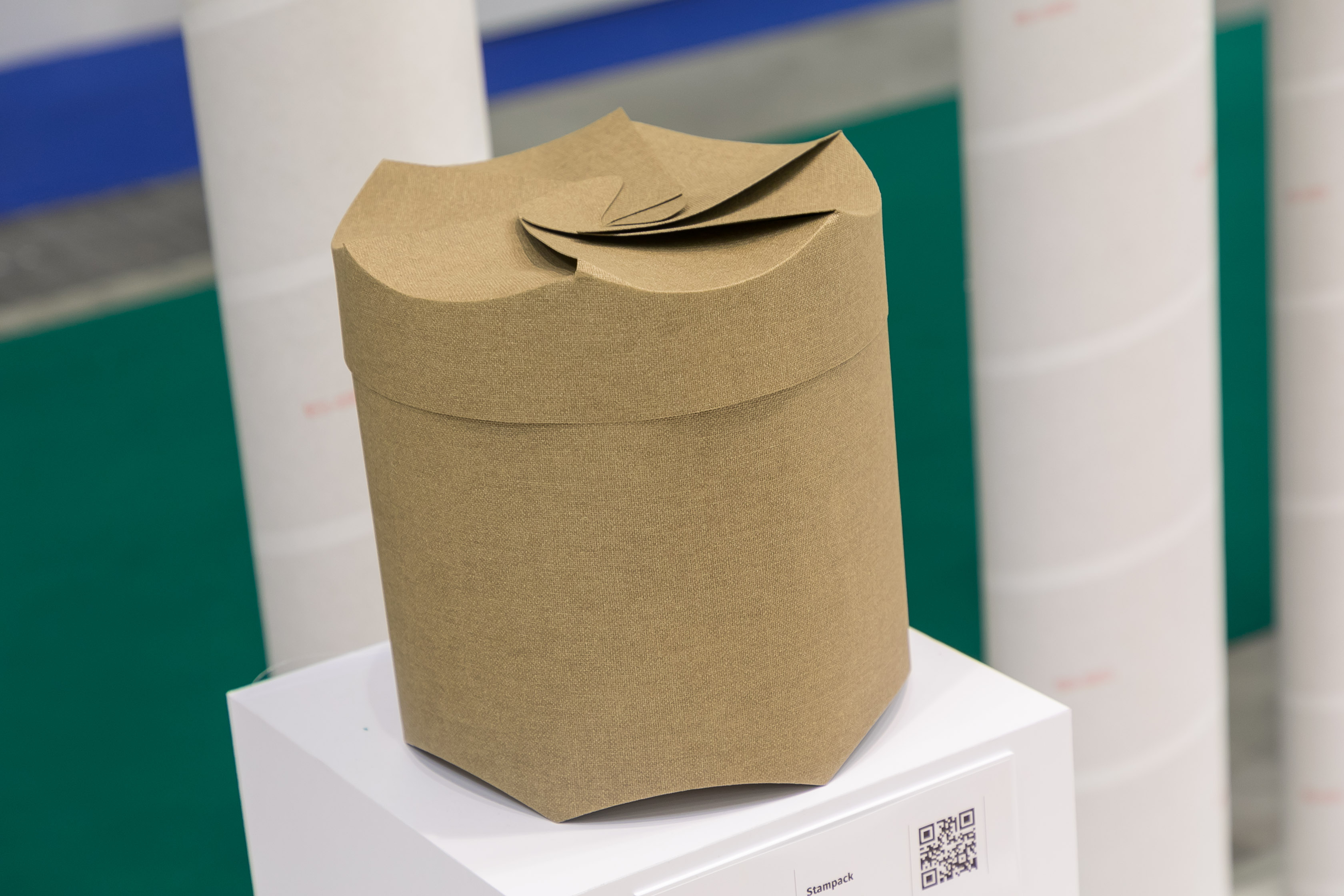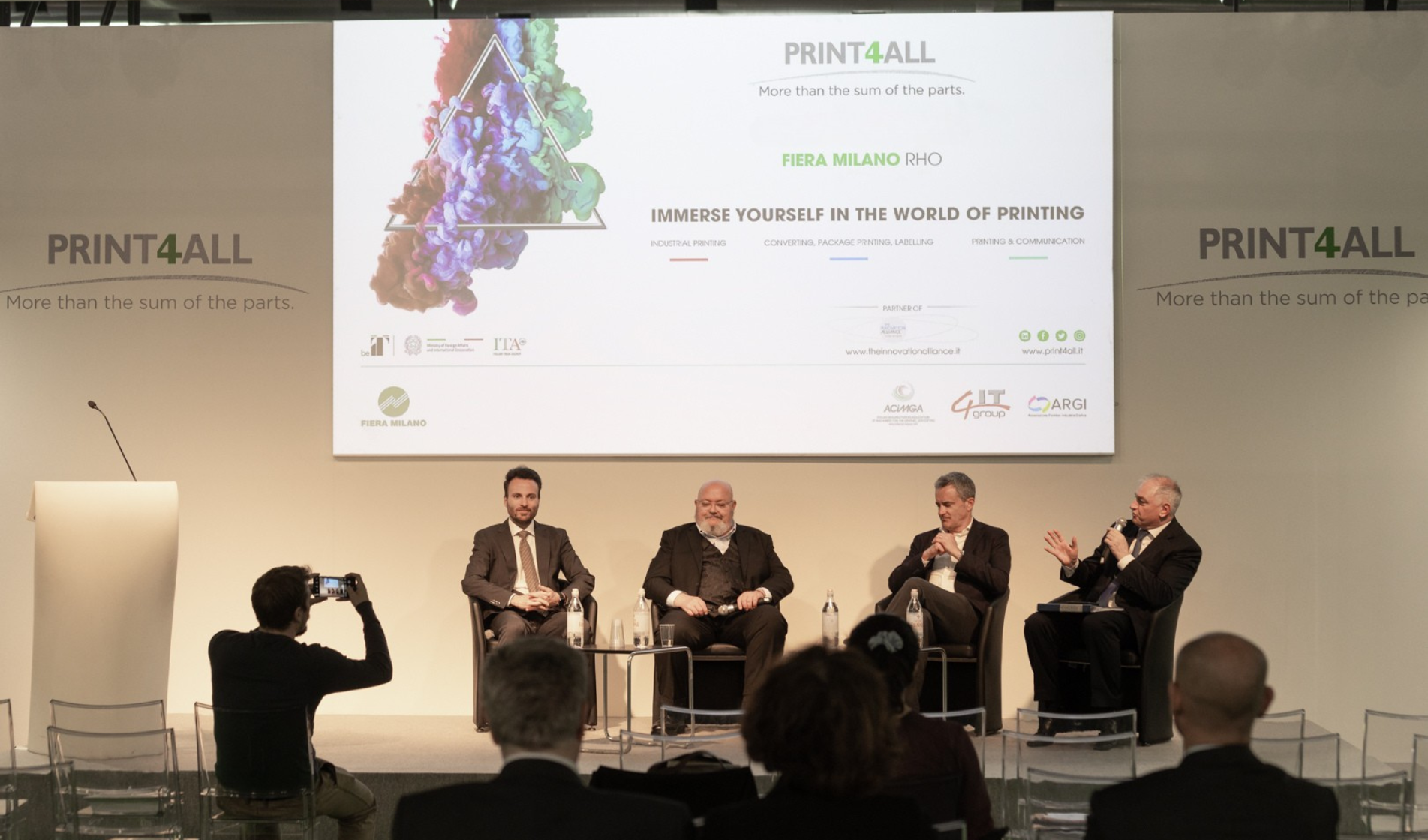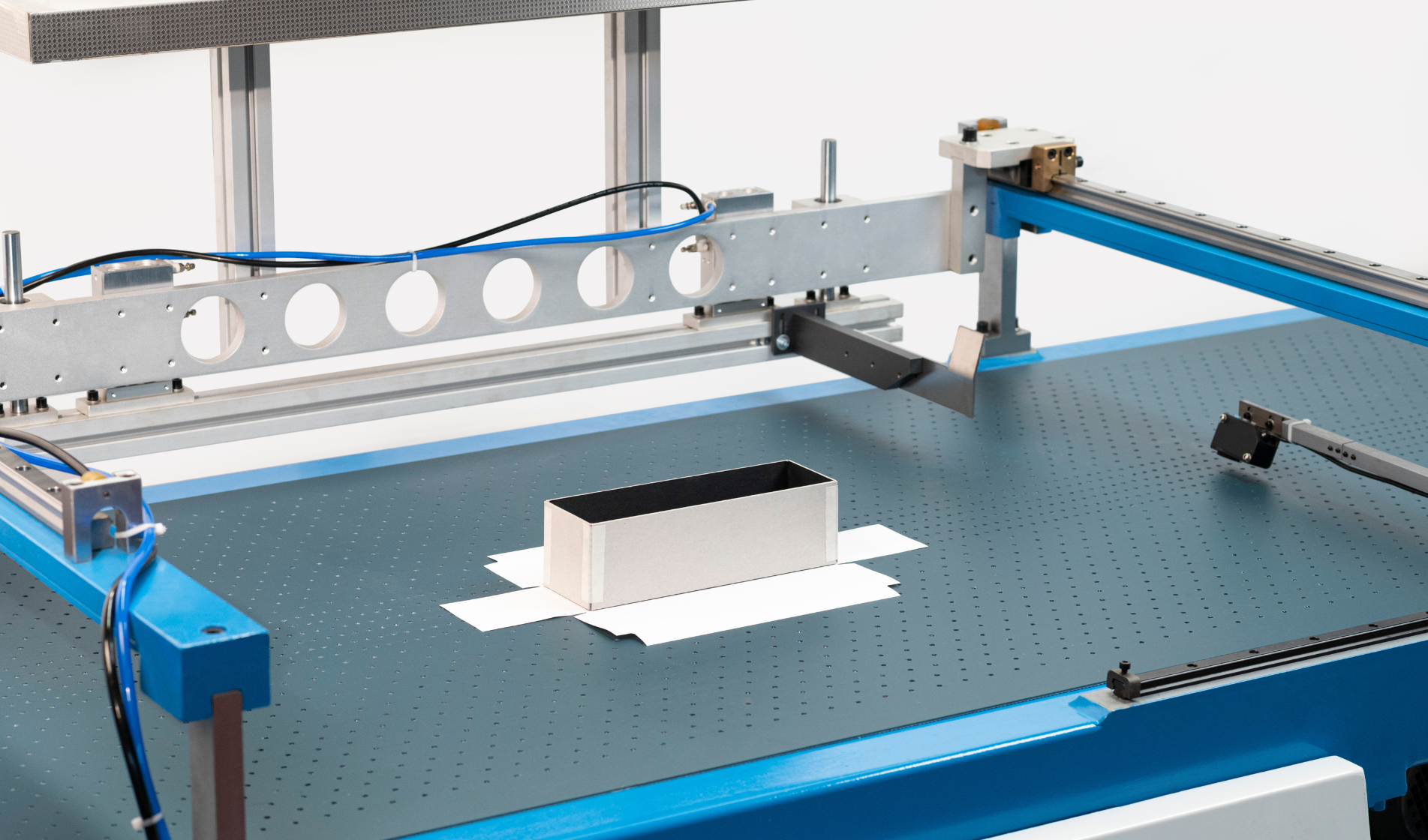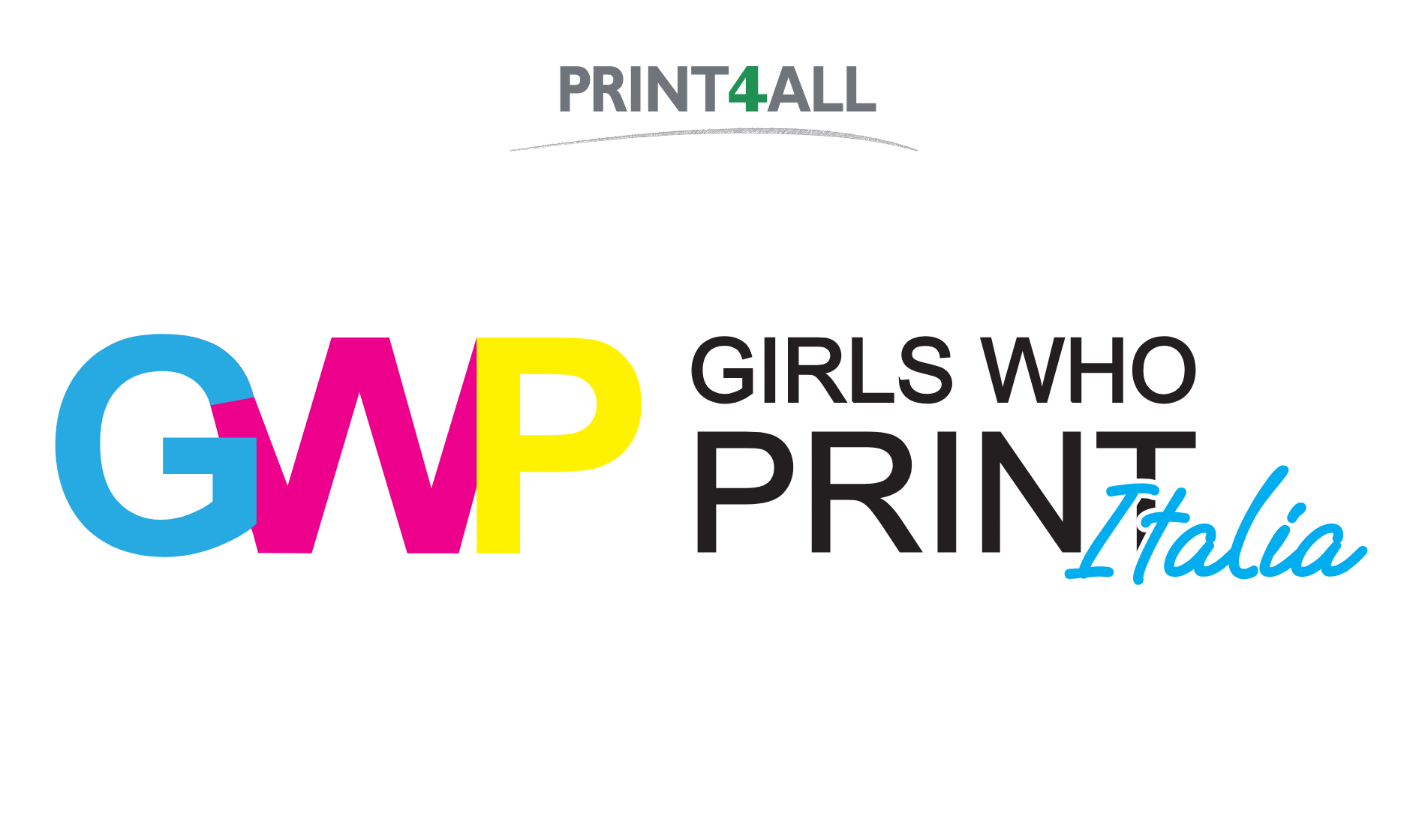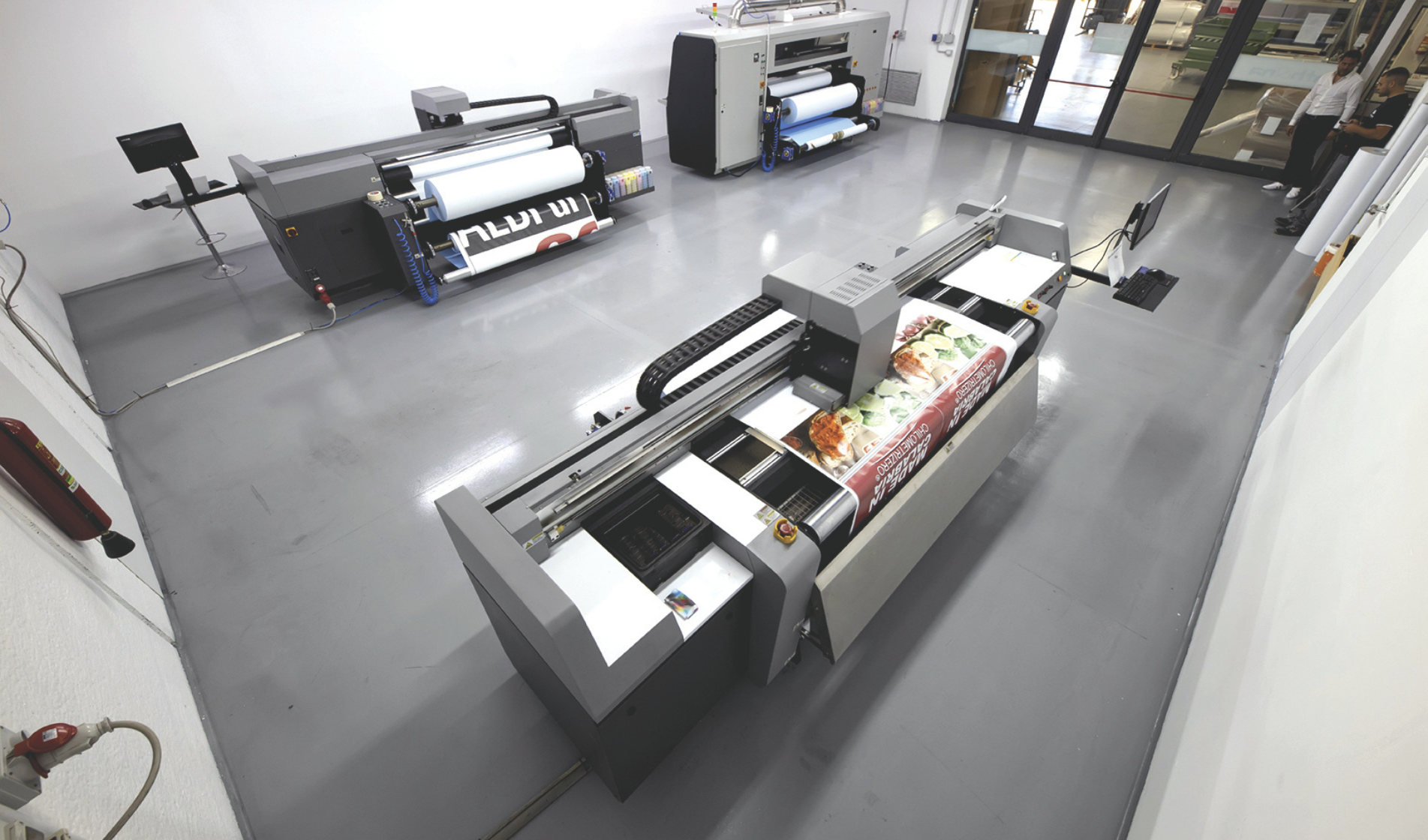There are no materials less efficient than others, just as there are no materials less sustainable than others. The awareness with which they are employed and continual research on their use, treatment and disposal are the keystones for the effectiveness and efficiency of the entire printing and packaging system.
Sensitivity for efficient use of materials is now very much present in companies in the printing sector, committed to investing in technology and design to come up with mono-material or increasingly recyclable packaging solutions, in close contact with brand users and their needs.
But sensitivity must permeate the entire supply chain and percolate down to the final consumer. So, if on the one hand, the aim is to ask for shared sustainability guidelines, to work as a system and bring together the needs of the market, on the other hand, there is the need to raise awareness among the public that is sometimes misled by some materials being considered as the root of all evils and that is not sufficiently informed about the progress made by the industry to use and recycle them in an efficient and increasingly sustainable manner.
Many targets related to the recycling of certain materials, such as paper, have been largely achieved already today. The new European Directive set the 75% recycling goal for 2025 while, according to COMIECO (Italian Consortium for recovery and recycling Cellulosic-based packaging), 81% has already been achieved today. According to COREPLA (Italian Consortium for the Collection and Recycling of Plastic packages), 45% of recycling has already been achieved, with 1 million, 650 thousand tons collected every year.


